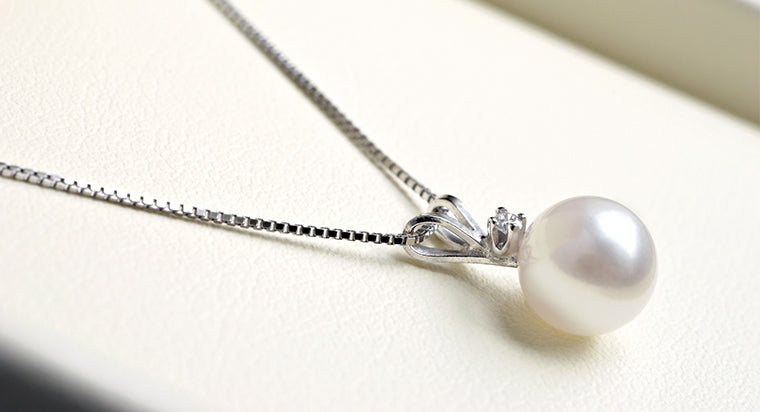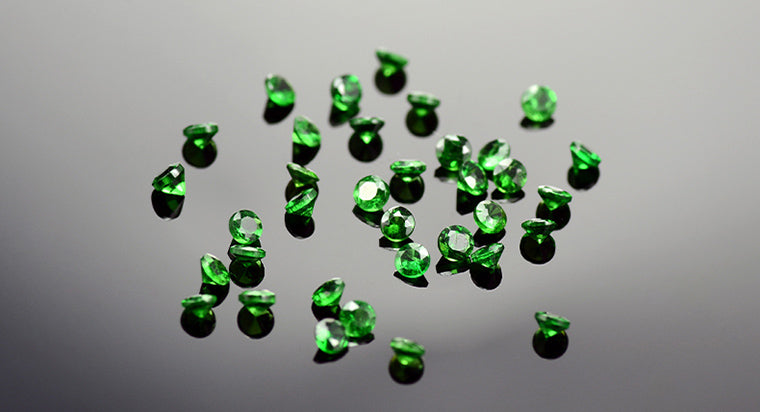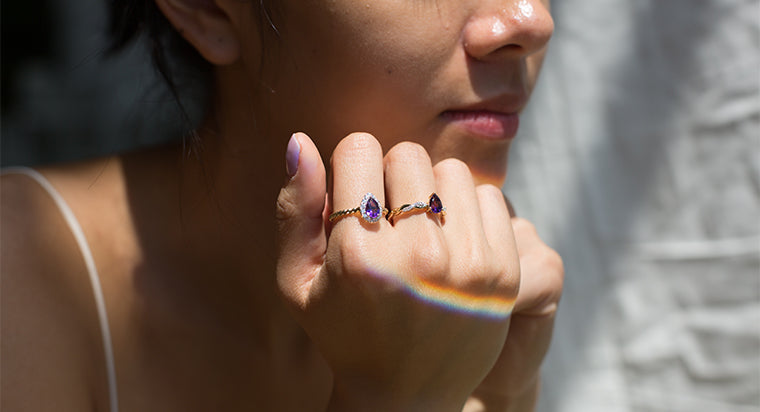Natural Sapphire Grading

Natural sapphires are graded and valued by a few factors. These include sapphire color, sapphire clarity, and also their cut and carat weight. A sapphire's country of origin is also taken into consideration when determining its value. Different grading systems are used to determine the quality of this precious gemstone, depending on what factor is being graded. With this system, sapphires are graded according to different ranks. These include AAA, AA, A, and B qualities:
- Natural AAA - This grade accounts for just 2% of all natural gemstones
- Natural AA - This grade represents 10% of all natural gemstones available in the world
- Natural A - This grade forms the top 20% of natural gemstones
- Natural B - This category accounts for over 50% of natural gemstones
TABLE OF CONTENTS
Blue Sapphire Color
The most important characteristic to consider when determining a sapphire's price is always its color grade. The best color for a natural blue sapphire is an intense, velvety, deep royal blue. This color of sapphire would be considered AAA quality, the rarest and most valuable. The second best color is a medium rich blue, or AA quality. Any blue sapphires that have a slight gray undertone fit into the A category. Finally, sapphires that have a very dark and opaque blue color are considered B quality grade. The 3 keys to color grading are identifying hue, tone and saturation. Color is graded on these factors face up on a white surface. The hue should be royal blue, the tone should be deep blue and the saturation should be even throughout the gem.

Clarity Grading For Gemstones
After color, clarity is another important factor that has an impact on a gemstone's price and rarity. There are three types of clarity grade for gemstones such as sapphires: Type 1 stones, Type 2 stones, and Type 3 stones.
- Type 1 stones - These stones will generally be "eye-clean," meaning that they have no inclusions visible to the naked eye.
- Type 2 stones - These typically show some inclusions visible to the naked eye. However, they don't detract from the overall beauty of the gemstone.
- Type 3 stones - These gemstones will almost always have inclusions, and they will always be visible to the naked eye.
Overall, most gemstones do have some type of inclusion, even if it isn't eye visible. Generally speaking, the fewer inclusions a gemstone has, the rarer it is. Thus, the price will be higher for Type 1 stones than Type 3.

Sapphires still fall into the general clarity grading for gemstones categories (Types 1, 2 or 3). However, there are more specific terms that are directly related to the clarity of sapphires. They include: concaves, eye grade, loupe grade and transparency.
- Concave - This is a natural mark found on the surface of sapphires. They normally form on the girdle and don't interfere with the stone's beauty.
- Eye Grade - This evaluates the overall clarity of the sapphire when viewed without magnification.
- Loupe Grade - This differs from eye grade because the clarity is checked under 10x magnification.
- Transparency - This is the relative ability a sapphire has to transmit light.
There are different types of inclusions that sapphires can have. Needles are long, thin mineral deposits, which are referred to as silk inclusions and are the most common type. Silk inclusions can form interactions within the sapphire, known as the "star" effect. The price of a sapphire drops as it contains more inclusions, which affect the overall stability of the gemstone.
Sapphire Cut
The cut of a sapphire refers to how well the surface is proportioned and polished. If a shallow- or deep-cut sapphire is poorly cut, it will be prone to light leakage. The best cuts of sapphire will always show optimal brilliance. They will look like they have more “life” to them. Sapphires with these cuts are rarer, and they are more expensive than inferior cut sapphires.
Carat Weight
In terms of weight, sapphires are weighed the same way that diamonds are. The higher the carat, the more expensive the sapphire will be. Larger sapphires automatically have a higher carat weight, so they will always cost more.
Sapphire Treatments & Enhancements
The most common type of sapphire treatments is heat treatments, which are applied to remove inclusions and improve a sapphire's hue and saturation. This affects a sapphire's color grade, which could considered one specific grade before treatment, but can jump up to a higher grade afterward. Heat treatment is such a common procedure for sapphires that it doesn't affect their overall value. However, other treatments, such as diffusion treatments (applying a thin layer of color onto the surface of a sapphire) can affect their value.









